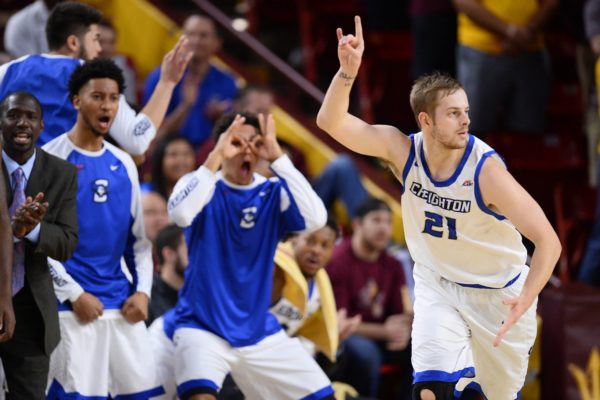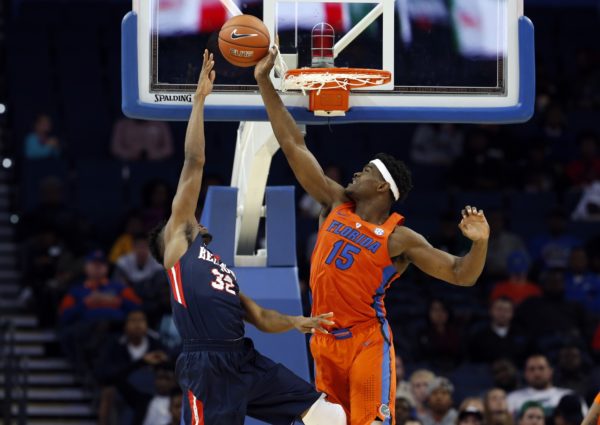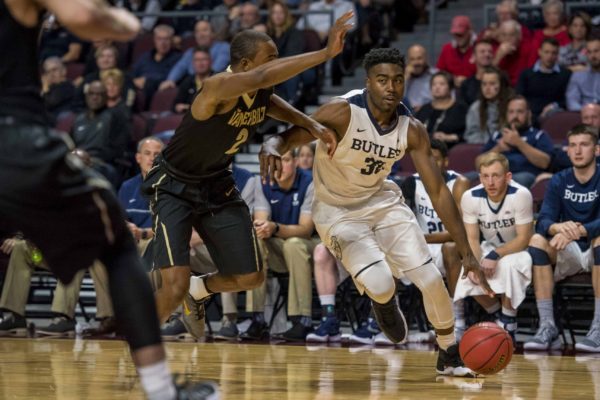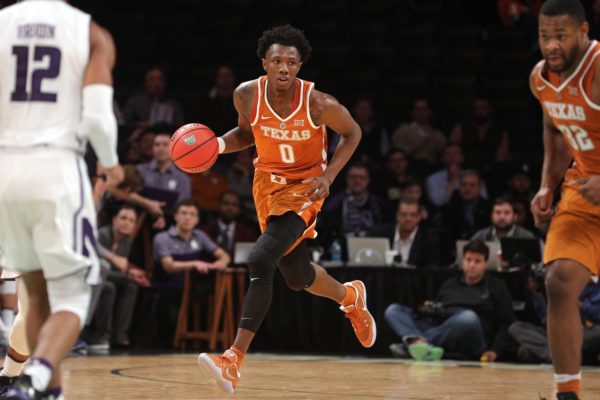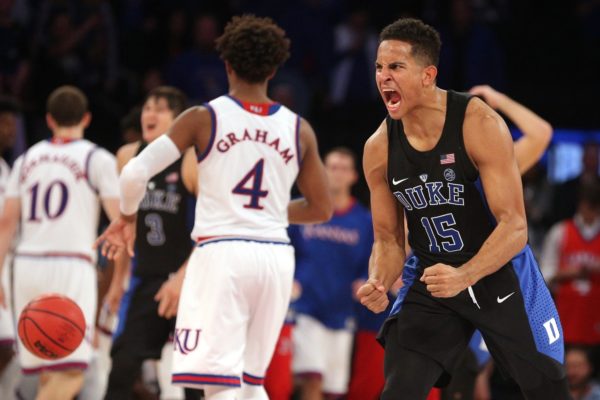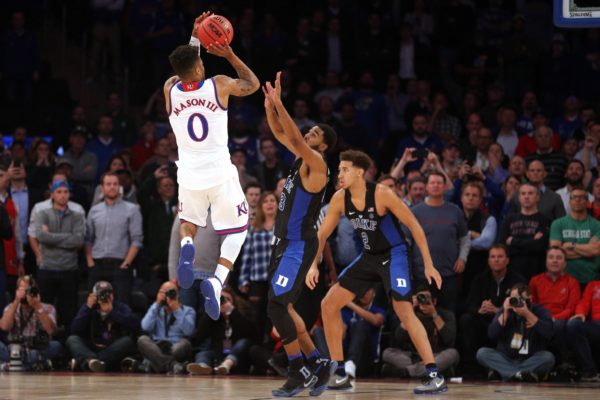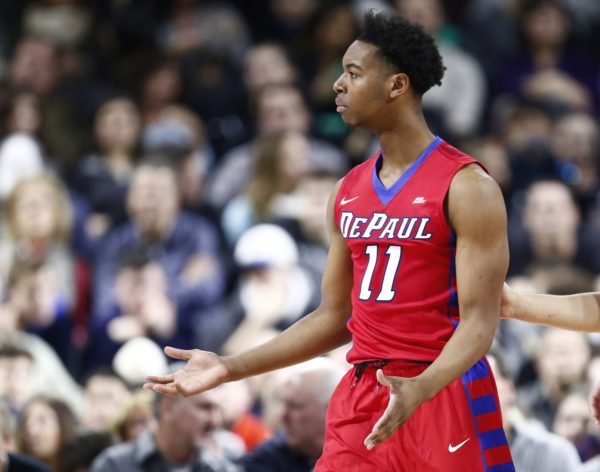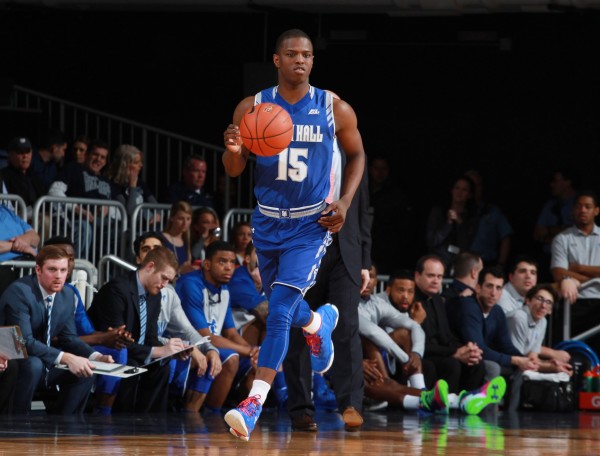Big East Power Rankings: New Year’s Edition
Posted by Justin Kundrat on January 4th, 2017With conference play just getting under way, it feels like an appropriate time to re-establish a hierarchy within the Big East. Let’s take a look at the first Big East Power Rankings of 2017.
#1 Villanova. Forget all the Josh Hart talk for a minute — let’s instead pay tribute to Jalen Brunson, who tallied a career-high 27 points last weekend in Villanova’s biggest test to date at Creighton. With a short seven-man rotation and spotty scoring contributions from a number of those players, the Wildcats had seemed to be over-relying on Hart for their production. But Brunson’s tremendous feel for tempo and timing might be the most under-appreciated facet of the team’s elite offense. A major reason why Villanova won the game was because it successfully slowed the pace down the stretch and reduced the quick outlet passes that Creighton uses to generate high percentage shots.
#2 Creighton. It was terrible timing for the Bluejays to log their worst three-point shooting performance of the season against Villanova. Creighton came into the game connecting on a blistering 45 percent of its perimeter shots on the year, but only managed a paltry 6-of-24 outing on Saturday. Off night aside, freshman center Justin Patton continues to build on his stellar play in the non-conference season. The seven-footer notched 18 points on 9-of-12 shooting and gives the Bluejays a consistent scoring threat in the post to complement their numerous outside shooters.
#3 Xavier. Without the steadying hands of point guard Myles Davis, the Musketeers have experienced a roller coaster of a season. Evaluating Xavier without his presence in the lineup doesn’t do Chris Mack’s team justice. Trevon Bluiett and JP Macura can score in bunches and Edmond Sumner has steadily grown into a sure-handed ball-handler, but the Musketeers need Davis. Per HoopLens, no player on Xavier’s roster last year had a bigger offensive impact.

His 38 percent shooting from deep undoubtedly spaced the floor, but his more important contributions were in ball movement and facilitation — Xavier’s assist rate is currently the lowest it has been in four seasons.






























